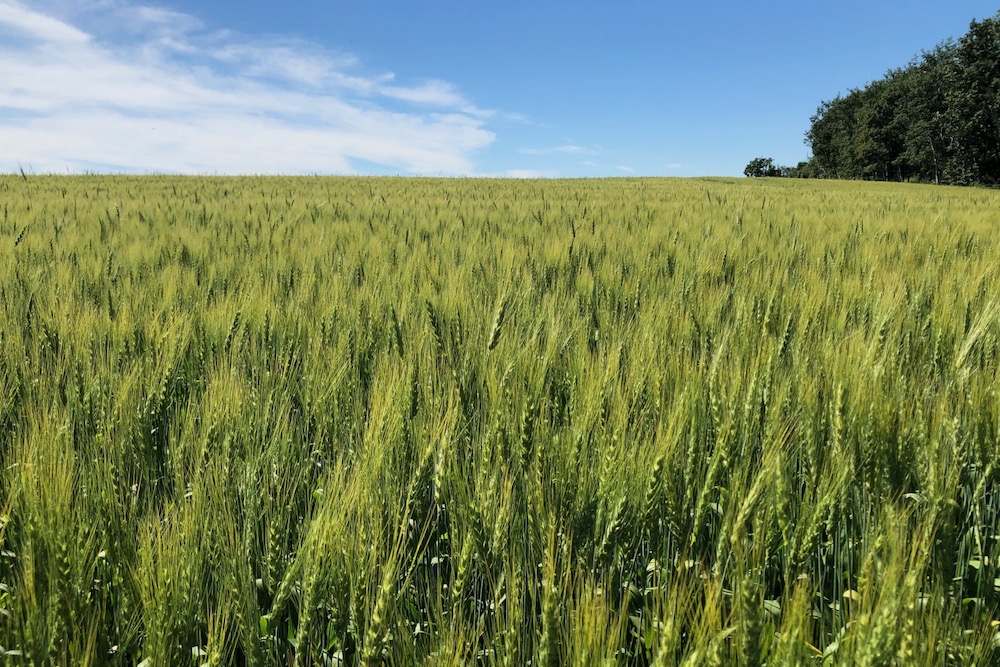Saskatchewan crop conditions vary, but good to fair overall
Recent rains beneficial
| 2 min read

Glacier FarmMedia — Crop conditions across Saskatchewan were variable in mid-July, but in good to fair condition overall, said the weekly provincial crop report.
Rainfall was varied during the week ended July 14, with the moisture generally beneficial for crops. However, the precipitation delayed haying operations in some areas.
While conditions varied, crops overall were reported to be in good to fair condition. In areas with a lack of moisture, reports indicated that canola and mustard were finishing the flowering stage early.
Cropland topsoil moisture across the province was rated as 60 per cent adequate, 32 per cent short and eight per cent very short. Hayland topsoil moisture was reported at 45 per cent adequate, 40 per cent short and 15 per cent very short. Pasture topsoil moisture was 43 per cent adequate, 37 per cent short and 20 per cent very short. Southern areas saw improved topsoil moisture levels, while levels declined in northern regions.
Most crops were in normal stages of development, consistent with what has been reported in previous weeks. Seventy-one per cent of fall cereals were at normal stages of development with 27 per cent estimated ahead of normal for this time of year. Seventy-five per cent of spring cereals were at normal stages of development, while 17 per cent were ahead of the normal stages of development. Seventy-three per cent of oilseeds were at normal stages of development, while 12 per cent were ahead and 15 per cent falling behind the normal stages of development.
An estimated 79 per cent of pulse crops were at normal stages of development, while 18 per cent are ahead of the normal stages of development. Sixty-five per cent of perennial forages and 72 per cent of annual forages were at the normal stages of development for this time of year.
The first hay cut was nearing the halfway completion mark at 40 per cent baled, with hay quality rated at 11 per cent excellent, 51 per cent good, 31 per cent fair and seven per cent poor. Some producers were moving on to their second cut of hay, but others indicated they did not anticipate a second cut unless rain is received.


